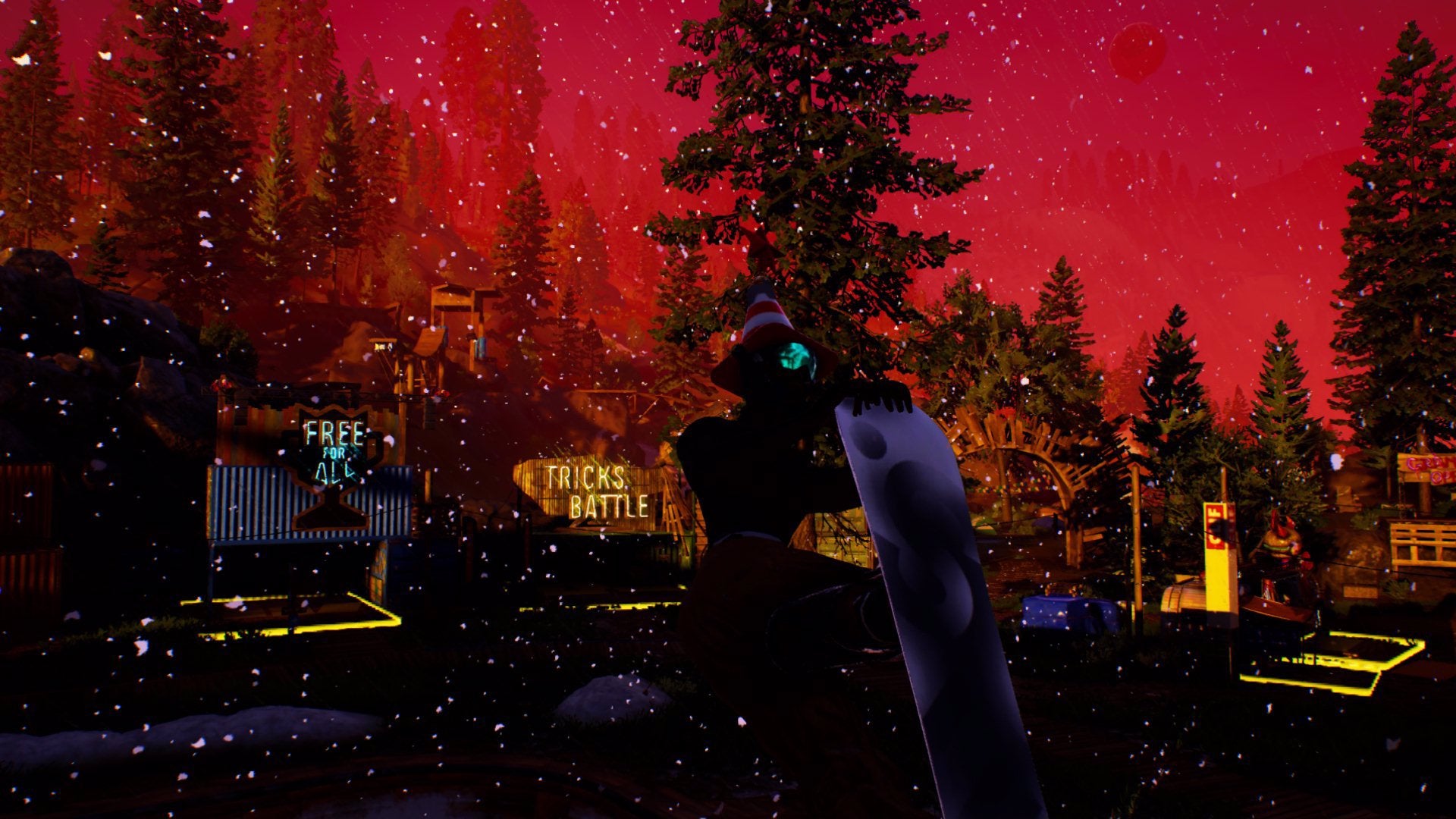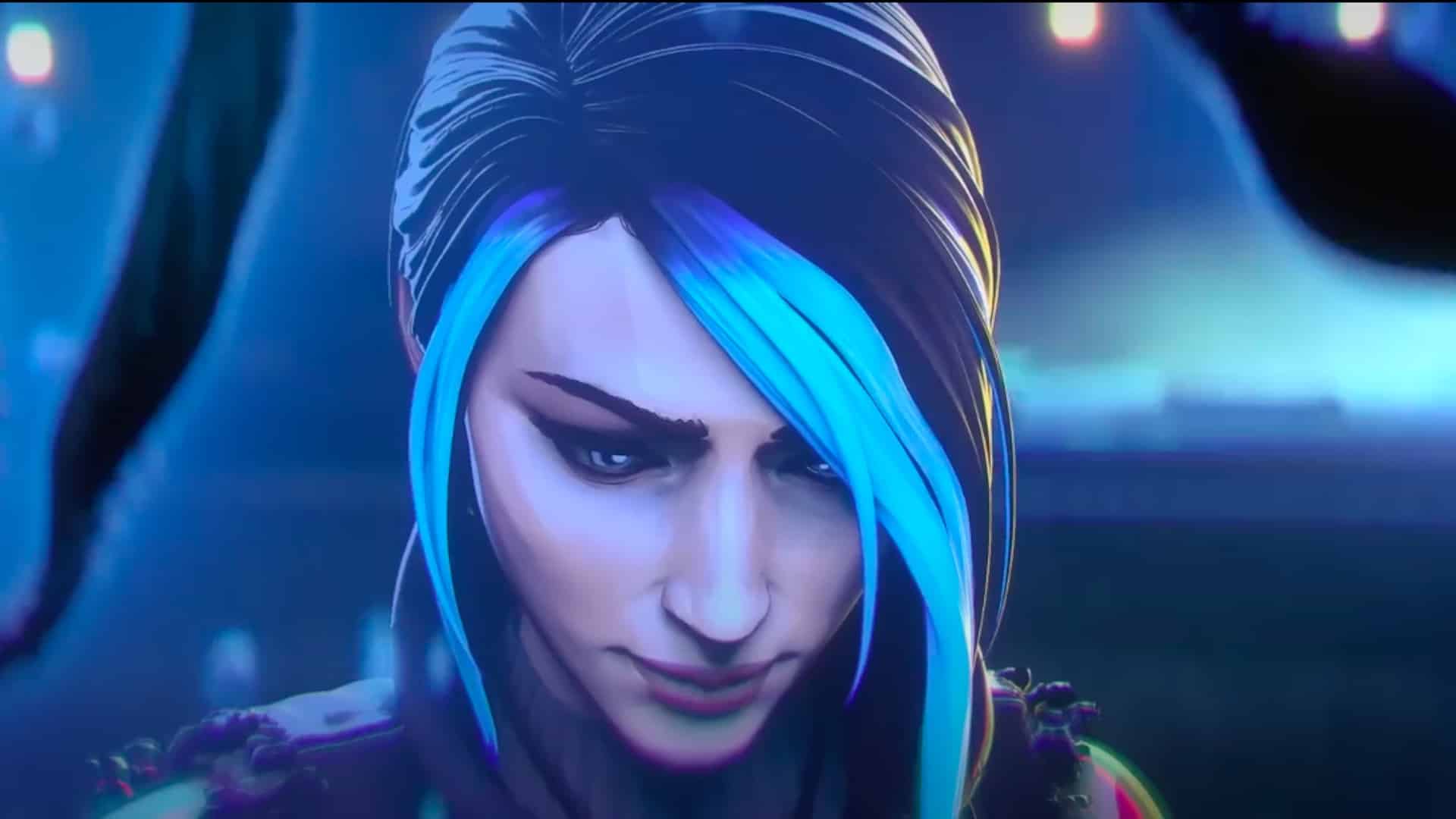[ad_1]
Do you remember when, earlier this year, Horizon: Forbidden West came out and Sony said it would plant trees in the real world for everyone who earned the Daunt trophy in the game? Actually, did anyone earn that trophy? Well done if you did. Anyway, that was made especially by Sony for something called the Green Game Jam.
You’ve probably never heard of it. That’s because it’s a fairly new thing run by the fairly new Playing for the Planet Alliance, which was formed in 2019 by people from the United Nations Environment Programme (UNEP) to get the games industry working together to tackle the climate emergency. Part of this involves companies committing to improving their business operations, environmentally speaking; and part of it comes from using the many games they make, which reach many millions of people, to enact real, positive change. This is where the Green Game Jam comes in.
Again, the whole thing is fairly new and still establishing itself so we’re not talking about entire games designed around climate change, though Tencent is making one called Carbon Island – an island-based city-building game. Mostly, what we’re talking about is “green activations” in games: a term used to describe bespoke elements placed in games either temporarily, or permanently, and focused around an environmental theme.
In Pokemon Go’s case this year, for instance, it was planting one tree in the real world every time one of the game’s bazillion players walked five kilometres during a Community Day event. Niantic capped this at a total of 600,000 trees, which gives you an idea of the impact a “green activation” can have.
Other campaigns were more imaginative. I really liked Ubisoft Shanghai’s idea for the please-come-out-soon pirate game Skull & Bones. It’s based around the abhorrent shark fin trade, and in a post-launch add-on you will actively try and stop it, tracking and fighting shark hunters in the game, and restoring shark populations with feeding. Perhaps you can throw the shark hunters in. It’s a great example of merging gameplay and setting and real-world concerns, and making it fun to play.
I helped judge the Green Game Jam this year. It was the first year media were invited to be a part of the process so I joined George Osborn (not that one) from UKIE and GamesAid, and Shay Thompson from the BBC to decide the Media’s Choice award. The overall theme for the Jam was food and forests.
“I helped judge the Green Game Jam this year”
Our winner was Rider’s Republic, the Ubisoft Annecy biking game. Its Phoenix ‘activation’, due early next year, is about wildfires, an increasingly frequent and devastating problem in our world.
When the event goes live, the entire sky in the game will glow orange as wildfires threaten to consume the Sequoia National Park – part of the map will be inaccessible because of it. You’ll need to put gas masks on and pedal around clearing connecting scrub in order not to let the fire overcome the rest of it. You’ll also take photos that will impart actual knowledge about the area and about wildfires.
What we really liked about this pitch was how unique it was compared to the others and how involved it was. Ubisoft Annecy is going to considerable effort to realise all of this in the game. Furthermore, it might give people valuable tips about how to prevent the spread of wildfires and what to do if you’re caught in them. There’s also a partnership with Ecologi (as with a lot of games) to plant trees in real life.

But it was a fairly close judging call. We were also impressed by Creative Assembly’s idea for Total War: Warhammer 3 and how it revolved around something players will be naturally drawn to: watching a competitive tournament. The Fight for the Forest tournament will lace streams with shout-outs and information about the cause, keeping the issue ever present in viewers’ minds. There’ll also be a charity donation. It’s a great fit.
The other idea that stood out was for Supercell’s mobile farming game Hay Day, which tried (this activation has already been and gone) to teach its audience about regenerative farming and, more importantly perhaps, the importance of eating locally grown food to reduce food miles. There was an in-game cookbook created for everybody, and awareness spread through various activities, and again, it was a great fit. Supercell also pledged to fund the training of 10 new regenerative farmers at the Rodale Institute, which was the icing on the, um, compost heap.
There were lots of other great entries and there were other categories to potentially award them in – decided by people other than us. I’ll list these below and you can find out more about them on the Green Game Jam website.
What I saw, overall, impressed me. It’s genuinely encouraging to see studios, big and small, get involved and try to make a difference. Everyone who took part in the Green Game Jam 2022 should be proud. I want to give a particular shout out to Ubisoft, which had what felt like every studio it operates involved – and there’s a lot of them! It didn’t have to do that. And actually, it was Ubisoft’s involvement that brought a bigger issue to light, which was the lack of other big names here. Where, for instance, were EA and Activision Blizzard, Xbox and Epic?
I couldn’t help but think, while reading the pitches, what colossal games like FIFA and Fortnite and World of Warcraft could do here. They reach millions upon millions of people every week, and they have huge teams dedicated to dreaming up new content to put in their games – Fortnite has changed the face of what an evolving online world can look like. I’d love to see what all that creativity and muscle could do here. There’s so much possibility. So come on, you lot, get involved.
The Green Game Jam is new but it’s gaining momentum every year. You can see it in the size of the games that are now taking part, and the more triple-A game launches it manages to piggyback, the more people will become aware and, perhaps, care. Hundreds of thousands of trees will be planted in the name of the Green Game Jam this year – maybe millions – and tens of thousands of pounds, or maybe more, will be donated to charities and organisations. And the awareness the games raise may be immeasurable. I can’t wait to see what people come up with next year.
- UNEP Choice: Supercell’s Hay Day
- Media’s Choice: Ubisoft Annecy’s Rider’s Republic
- First to Implement: Tencent’s Carbon Island
- Best in Forests: Serious Brother’s Imagine Earth
- Best in Food: Supercell’s Hay Day
- Player’s Choice: Wooga’s June’s Journey
- Participant Choice: Tilting Point’s Terragenesis
- Most Adoptable: Ubisoft Blue Mammoth’s Brawlhalla
[ad_2]




